Assisting indigenous and traditional communities in the creation of sustainable development projects that help to generate income without jeopardizing their biological and cultural resources.
Stingless Beekeeping Project
Amazonian stingless bees produce a type of honey that is highly valued for both its unique taste and medicinal qualities. Regionally, stingless bee products garner a premium price and there is a robust market for their honey. We are training communities to raise stingless bees as a sustainable source of income, providing alternatives to other more destructive economic activities like logging and poaching. For example, there are now over 120 stingless beehives in three Maijuna communities with more on the way. This project is in collaboration with Asociación La Restinga.
Ecotourism PROJECt
Photo: Brian Griffiths
When properly planned and executed, ecotourism can be ecologically and economically sustainable as well as culturally empowering. We are working with the Maijuna on developing education-based ecotourism, ultimately earning sustainable income that is based on conserving their ancestral lands, cultural practices, and threatened wildlife. For example, we are collaborating with the Maijuna to develop hands-on educational activities that involve visitors in community-based projects focused on native stingless beekeeping, wildlife conservation, sustainable palm fruit harvesting, and traditional handicraft production. These income generating educational programs are being incorporated into field-based courses for U.S. educators and students and are helping to attract ecotourists seeking to view life in the rainforest. During these visits, Maijuna artisans and stingless beekeepers are able to sell their products to visitors at premium prices further enhancing the sustainable economic benefits of this project. This work is in close collaboration with Amazon Explorama Lodges, Amazon Rainforest Workshops, The Morpho Institute, and George Mason University.
Handicraft PROJECt
Photo: Wilfredo Martinez
The chambira palm (Astrocaryum chambira), native to the Amazon basin, is highly prized for its fiber. Amazonian indigenous communities have harvested and used this palm fiber for millennia to weave hammocks, bags, baskets, and other traditional items. We are working with communities to expand markets for these products providing a sustainable source of income to families. For example, we are currently working with Maijuna artisans to sell their handicrafts both in Peru and the United States. This work is in collaboration with Amazon Explorama Lodges and the Center for Amazon Community Ecology.
Aguaje Palm Fruit PROJECT
Aguaje palm trees (Mauritia flexuosa), which can grow to heights of over 30 meters (100 feet), are culturally and economically important throughout the Amazon as their fruits are edible and sold regionally. Additionally, a wide variety of rainforest animals (tapirs, monkeys, peccaries, and macaws, among other species) consume the fruit making it an ecological keystone species. Unfortunately, aguaje palm swamps have been severely degraded throughout the Peruvian Amazon, by the cutting down of adult palms to harvest the fruits, which is both ecologically and economically unsustainable. We are working with communities to develop community-based management plans for this palm so that they can earn income from the fruits without sacrificing the long-term ecological and economic health of their communities. For example, we will continue to train the Maijuna how to climb M. flexuosa trees, instead of cut them, as well as to cultivate these palms in their agricultural fields and home gardens ultimately reducing the need to harvest this species from the wild. This work is in close collaboration with researchers at Oregon State University, George Mason University, and the Institute for Conservation Research at the San Diego Zoo.


